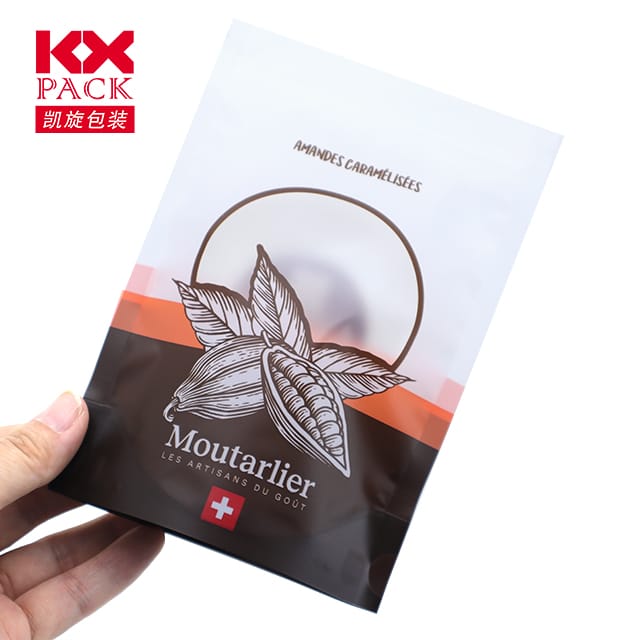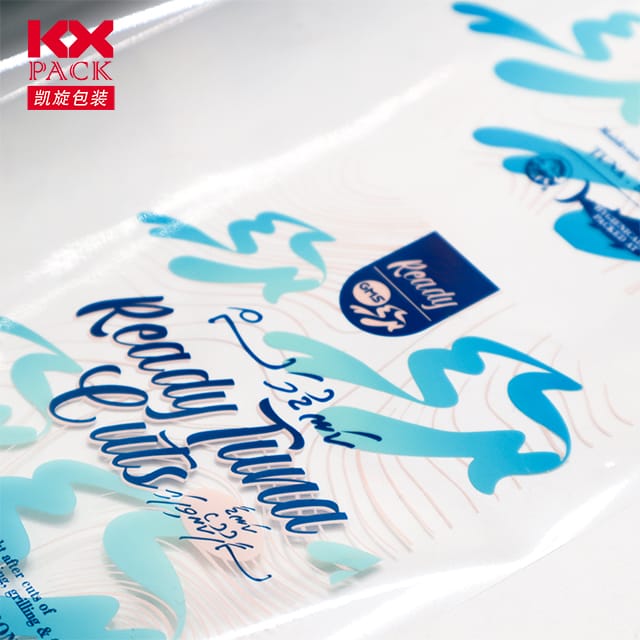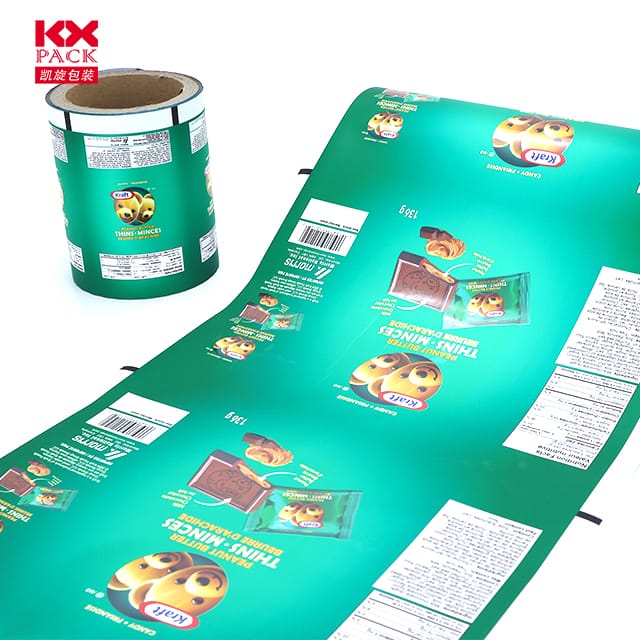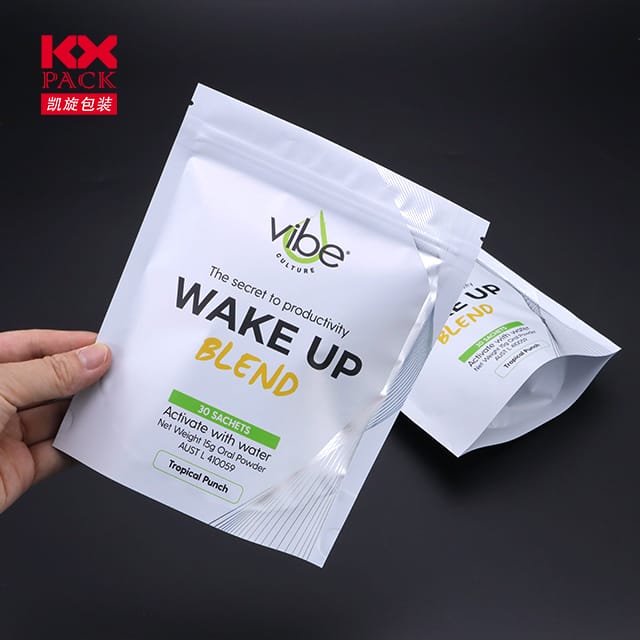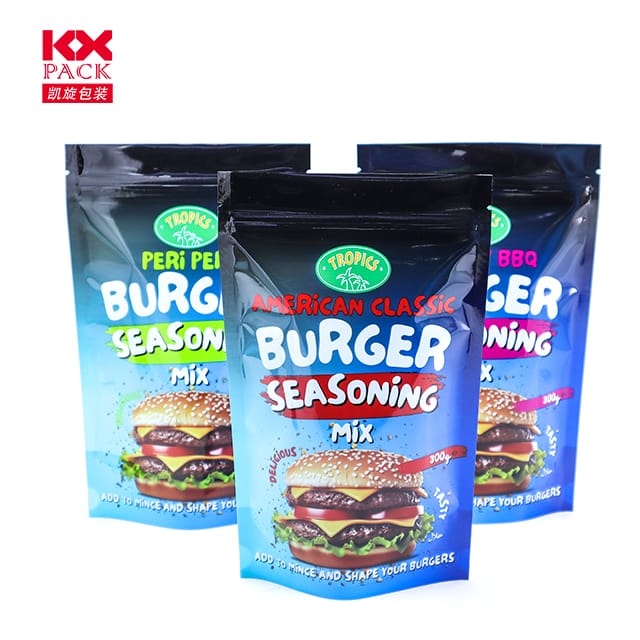Divkāršais plastmasas plēvju zobens pārtikas iepakojumā: Ērtības vs. Ilgtspējība
Plastmasas plēves
In supermarkets worldwide, Plastmasas plēves ietina visu, sākot no svaigiem produktiem līdz iepriekš pagatavotām maltītēm, Svaiguma nodrošināšana un glabāšanas laika pagarināšana. Tomēr, kā vides bažas, Šie caurspīdīgi, Daudzpusīgi materiāli saskaras ar pārbaudi. Izpētīsim plastmasas filmu lomu pārtikas iepakojumā, to priekšrocības, trūkumi, un jauninājumi, kas veido zaļāku nākotni.
1. Why Plastic Films Dominate Food Packaging
Plastic films—thin layers of polymers likepolietilēns (PE), polipropilēns (PP), and polyvinyl chloride (PVC)—are ubiquitous for good reason:
- Preservation Power: They act as barriers against oxygen, mitrums, and contaminants, slowing spoilage. Piemēram, modified atmosphere packaging (Karte) uses plastic films to regulate gas levels, keeping strawberries fresh for weeks.
- Rentabilitāte: Producing plastic films is cheaper than alternatives like glass or metal, making them ideal for mass-market goods.
- Lightweight and Flexible: Their malleability allows custom shapes for snacks, meats, and cheeses, reducing material waste compared to rigid packaging.
- Caurspīdīgums: Clear films let consumers inspect products without opening them, boosting trust and reducing food waste from damaged goods.
2. The Environmental Toll: A Crisis in the Making
Despite their advantages, plastic films contribute significantly to global pollution:
- Single-Use Dominance: Pāri 80% of plastic films are used once and discarded, ending up in landfills or oceans. A 2022 study found that plastic packaging accounts for 46% of global plastic waste, with films being a major culprit.
- Recycling Challenges: Most films are non-recyclable due to contamination (Piem., food residue) or mixed materials (Piem., PE combined with adhesives). Only 4% of plastic films are recycled in the U.S., per the EPA.
- Microplastic Menace: Degraded films break into microplastics, infiltrating ecosystems and even human bodies. Research suggests the average person ingests 5 grams of microplastics weekly—equivalent to a credit card.
3. Innovations Redefining Plastic Films
The industry is pivoting toward sustainability through these breakthroughs:
- Biodegradable Alternatives:
- Polylactic acid (Pla): Derived from corn starch, PLA films decompose in industrial composters within 90 dienas. Zīmoliem patīk NatureWorks are using PLA for fresh salads and sandwiches.
- Cellulose-based Films: Made from plant fibers, these films are edible and home-compostable. Uzņēmumiem patīk TIPA offer compostable wraps for granola bars and coffee pods.
- Advanced Recycling Technologies:
- Chemical Recycling: Processes like pyrolysis break down mixed plastics into raw materials for new films. Nestlé and Danone are investing in this tech to recycle flexible packaging.
- Enzymatic Breakdown: Startups like Carbios use enzymes to depolymerize PET films into reusable monomers, closing the loop.
- Smart Films for Extended Shelf Life:
- Active Packaging: Films infused with oxygen scavengers vai antimicrobial agents (Piem., silver nanoparticles) can double the lifespan of perishables like meat and cheese.
- Edible Coatings: Thin layers of chitosan (from shellfish) vai beeswax create breathable barriers, reducing reliance on synthetic plastics.
4. The Road Ahead: Balancing Practicality and Planet
While innovations are promising, systemic changes are needed:
- Policy Push: Governments must enforce extended producer responsibility (EPR) laws, requiring brands to fund recycling infrastructure. ES Vienreizējas lietošanas plastmasas direktīva bans non-compostable films by 2030.
- Consumer Behavior Shifts: Educating shoppers to opt for reusable containers or bulk purchases can cut film use. Zero-waste stores, which allow customers to fill their own jars, are gaining traction.
- Industry Collaboration: Initiatives like the New Plastics Economy Global Commitment unite 500+ companies to eliminate problematic plastics and boost recycled content in films.
Secinājums: Rethinking the “Wrap” on Food Packaging
Plastic films are a testament to human ingenuity—protecting food, Atkritumu samazināšana, and enabling global food trade. Tomēr, their environmental cost demands urgent action. By embracing biodegradable materials, investing in recycling tech, and redesigning systems for circularity, we can preserve both convenience and the planet.
Next time you unwrap a snack, Pajautājiet sev: Could this film be part of the solution, not the problem? Share your sustainable packaging hacks in the comments! 🌍🍴


